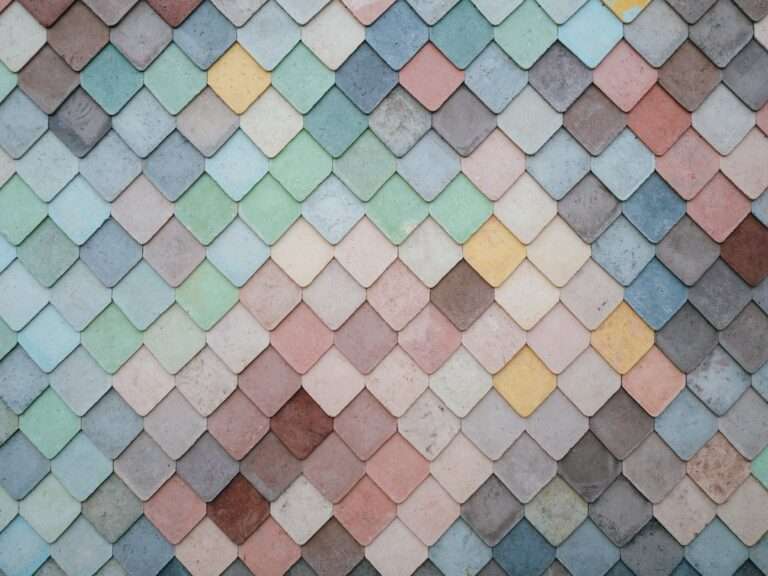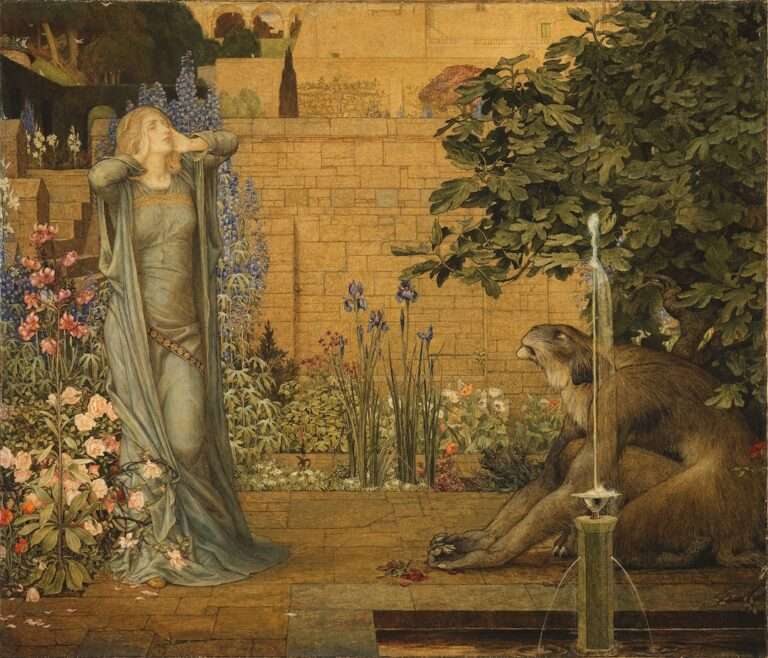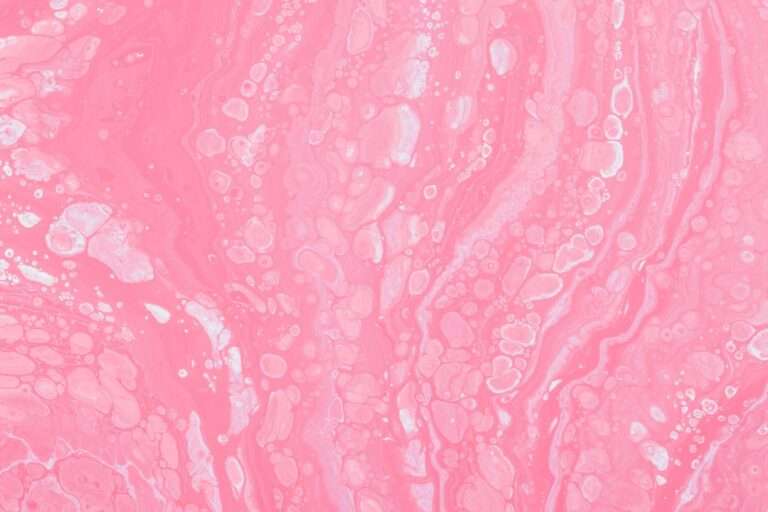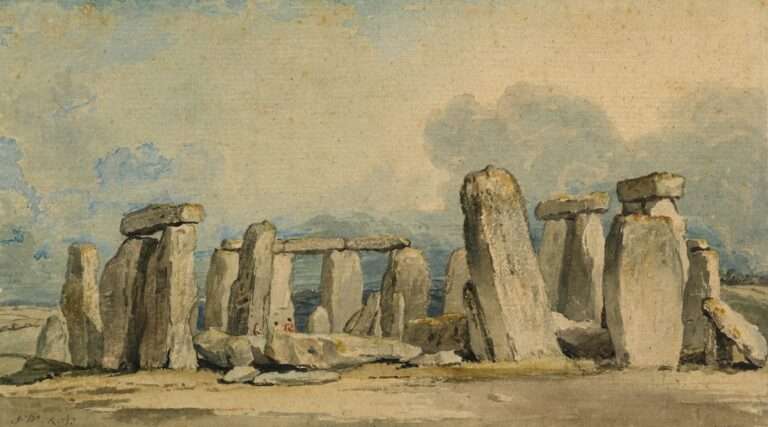The Mystical Meaning Behind Indigo: Exploring Its Symbolism in Art, Spirituality, and Culture

Indigo is a deep, rich color that has captivated humans for centuries. It is a color that holds great significance in various aspects of life, from art and culture to spirituality and nature. Indigo is a color that is often associated with mystery, depth, and spirituality. It has a unique ability to evoke emotions and create a sense of calm and tranquility. In this article, we will explore the history, art, spirituality, culture, psychology, nature, symbolism, and chakras associated with indigo. By delving into these different aspects, we can gain a deeper understanding of the significance of indigo in our lives and world.
The History of Indigo: From Ancient Times to Modern Day
The history of indigo dates back thousands of years. It was first cultivated in ancient civilizations such as Egypt, Mesopotamia, and India. These civilizations recognized the value of indigo as a dye and used it to color textiles and create vibrant works of art. Indigo was highly prized for its deep blue hue and its ability to resist fading.
During the era of colonialism and the slave trade, indigo played a significant role. European powers sought to establish indigo plantations in their colonies to meet the growing demand for the dye in Europe. This led to the exploitation of indigenous peoples and the forced labor of enslaved Africans on these plantations.
In modern times, indigo production has become more sustainable and ethical. Many countries, such as India and Japan, continue to produce indigo using traditional methods. The trade of indigo has also expanded globally, with artisans and designers incorporating indigo into their work.
Indigo in Art: Examining Its Use in Painting, Textiles, and Design
Indigo has long been used in traditional textile arts such as batik and shibori. These techniques involve dyeing fabric using wax resist or folding and binding techniques to create intricate patterns. Indigo’s deep blue color lends itself well to these techniques, creating stunning and unique designs.
In contemporary fashion and design, indigo has gained popularity for its timeless appeal. Many designers incorporate indigo-dyed fabrics into their collections, creating garments that are both stylish and sustainable. Indigo is also used in interior design, with indigo-dyed textiles and wallpapers adding a touch of elegance and sophistication to any space.
Indigo is not only used in textiles but also in painting. The unique properties of indigo, such as its transparency and ability to create a wide range of shades, make it a popular choice among artists. Indigo pigments have been used by artists throughout history, from ancient Egypt to the Renaissance. Today, artists continue to use indigo in their work, creating beautiful paintings that capture the essence of this captivating color.
The Spiritual Significance of Indigo: Its Role in Meditation and Healing
In spirituality, indigo is often associated with the third eye and crown chakras. The third eye chakra is located in the center of the forehead and is associated with intuition, insight, and spiritual awareness. The crown chakra is located at the top of the head and is associated with higher consciousness and spiritual connection.
Indigo is believed to stimulate these chakras, helping to open and balance them. It is often used in meditation practices to enhance intuition, deepen spiritual experiences, and promote clarity of thought. Indigo is also believed to have healing properties, particularly in relation to mental health issues such as anxiety and depression.
Alternative medicine practitioners often use indigo in their treatments. It is believed that indigo can help calm the mind, reduce stress, and promote relaxation. Indigo-colored crystals such as lapis lazuli and sodalite are also used for their healing properties.
Indigo in Culture: Its Use in Traditional Clothing, Ceremonies, and Festivals
Indigo holds great significance in various cultures around the world. In many cultures, indigo is used to dye traditional clothing, symbolizing cultural identity and heritage. For example, in West Africa, indigo-dyed fabrics such as adire and bogolanfini are worn during special occasions and ceremonies.
Indigo is also used in cultural ceremonies and festivals. In India, the festival of Holi involves the throwing of colored powders, including indigo, to celebrate the arrival of spring. In Japan, the Awa Odori festival features dancers wearing indigo-dyed clothing, dancing through the streets to traditional music.
The Psychology of Indigo: Its Impact on Emotions and Mental Health

The color indigo has a profound impact on our emotions and mental health. It is often associated with calmness, serenity, and introspection. Indigo has a soothing effect on the mind and can help reduce stress and anxiety.
In color therapy, indigo is used to promote mental clarity and focus. It is believed to stimulate the mind and enhance concentration. Indigo is also associated with intuition and spiritual awareness, making it a popular choice for those seeking a deeper connection with themselves and the world around them.
The impact of indigo on emotions and mood can vary from person to person. Some may find indigo to be calming and comforting, while others may find it too dark or melancholic. It is important to consider individual preferences and reactions when using indigo in therapeutic or healing practices.
Indigo in Nature: Its Connection to the Night Sky, Oceans, and Animals
Indigo is often associated with nature, particularly the night sky and oceans. The deep blue color of indigo mirrors the vastness and mystery of the night sky. It evokes a sense of wonder and awe, reminding us of the infinite possibilities that exist beyond our earthly realm.
Indigo is also connected to the oceans, with its color resembling the deep blue depths of the sea. It is a color that is often associated with tranquility and calmness, reflecting the peacefulness of the ocean’s surface.
In nature, indigo is also found in the coloring and camouflage of animals. Many species, such as birds and butterflies, have indigo-colored feathers or wings. This allows them to blend into their surroundings and protect themselves from predators.
The Symbolism of Indigo: Its Meanings in Mythology and Folklore
Indigo holds great symbolism in mythology and folklore around the world. In ancient Egypt, indigo was associated with the god Osiris, who represented rebirth and resurrection. In Hindu mythology, indigo is associated with Lord Krishna, who is often depicted with blue skin.
In many cultures, indigo symbolizes wisdom, spirituality, and divine connection. It is a color that represents the mysteries of the universe and the depths of the human soul. Indigo is often used in storytelling and literature to convey these deeper meanings and evoke a sense of wonder and awe.
Indigo and Chakras: Its Relationship to the Third Eye and Crown Chakras
Indigo is closely associated with the third eye and crown chakras. The third eye chakra is located in the center of the forehead, between the eyebrows. It is associated with intuition, insight, and spiritual awareness. The crown chakra is located at the top of the head and is associated with higher consciousness and spiritual connection.
Working with indigo can help balance and activate these chakras. It is believed that indigo stimulates the third eye chakra, enhancing intuition and spiritual experiences. It also helps to open and align the crown chakra, allowing for a deeper connection to higher realms of consciousness.
When these chakras are balanced and activated, it can lead to a greater sense of clarity, spiritual awareness, and connection to the divine. Working with indigo in chakra healing practices can help facilitate this process and promote overall well-being.
The Enduring Mystique of Indigo in Our Lives and World
In conclusion, indigo holds great significance in various aspects of life. From its ancient origins to its modern-day use in art, spirituality, culture, psychology, nature, symbolism, and chakras, indigo continues to captivate and inspire us. Its deep blue hue evokes a sense of mystery and wonder, inviting us to explore the depths of our own souls and the world around us.
Indigo’s enduring appeal lies in its ability to evoke emotions, promote tranquility, and stimulate spiritual awareness. Whether it is used in traditional textile arts, contemporary fashion and design, or as a tool for meditation and healing, indigo continues to leave a lasting impression on our lives and world.
As we continue to explore the significance of indigo in our lives, let us embrace its mystique and allow it to guide us on a journey of self-discovery and connection. May indigo remind us of the infinite possibilities that exist within ourselves and the universe, inspiring us to live with curiosity, wonder, and a deep appreciation for the beauty that surrounds us.
If you’re interested in exploring more symbolism, you might want to check out this article on the symbolism of the moon. The moon has long been associated with various meanings and interpretations, including femininity, intuition, and the subconscious mind. Understanding the symbolism of the moon can provide valuable insights into different cultures and belief systems. To learn more about the moon’s symbolism, click here.
FAQs
What is Indigo Symbolism?
Indigo Symbolism refers to the use of the color indigo in various cultures and traditions to represent different meanings and concepts.
What does the color indigo represent?
Indigo is often associated with spirituality, intuition, and wisdom. It is also linked to the third eye chakra, which is believed to be the center of intuition and spiritual insight.
What cultures use indigo symbolism?
Indigo symbolism can be found in various cultures and traditions, including Hinduism, Buddhism, Native American spirituality, and African spirituality.
What are some common symbols associated with indigo?
Some common symbols associated with indigo include the third eye, the night sky, and the ocean.
What is the significance of the third eye in indigo symbolism?
The third eye is believed to be the center of intuition and spiritual insight. In indigo symbolism, it represents the ability to see beyond the physical world and tap into higher levels of consciousness.
What is the significance of the night sky in indigo symbolism?
The night sky is often associated with mystery and the unknown. In indigo symbolism, it represents the vastness of the universe and the infinite possibilities that exist beyond our physical reality.
What is the significance of the ocean in indigo symbolism?
The ocean is often associated with depth and emotion. In indigo symbolism, it represents the vastness of the subconscious mind and the power of the emotions that lie within us.





